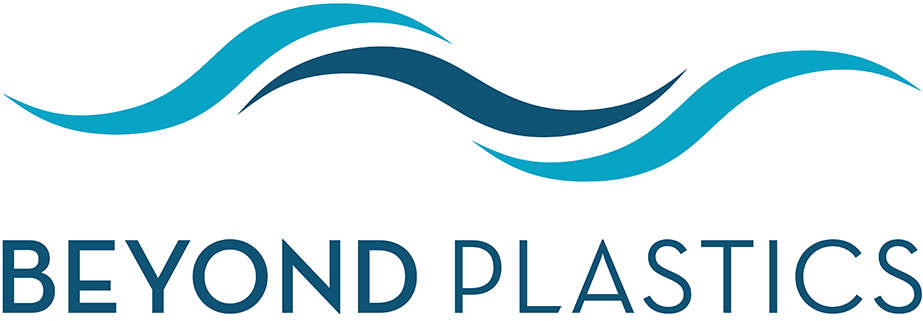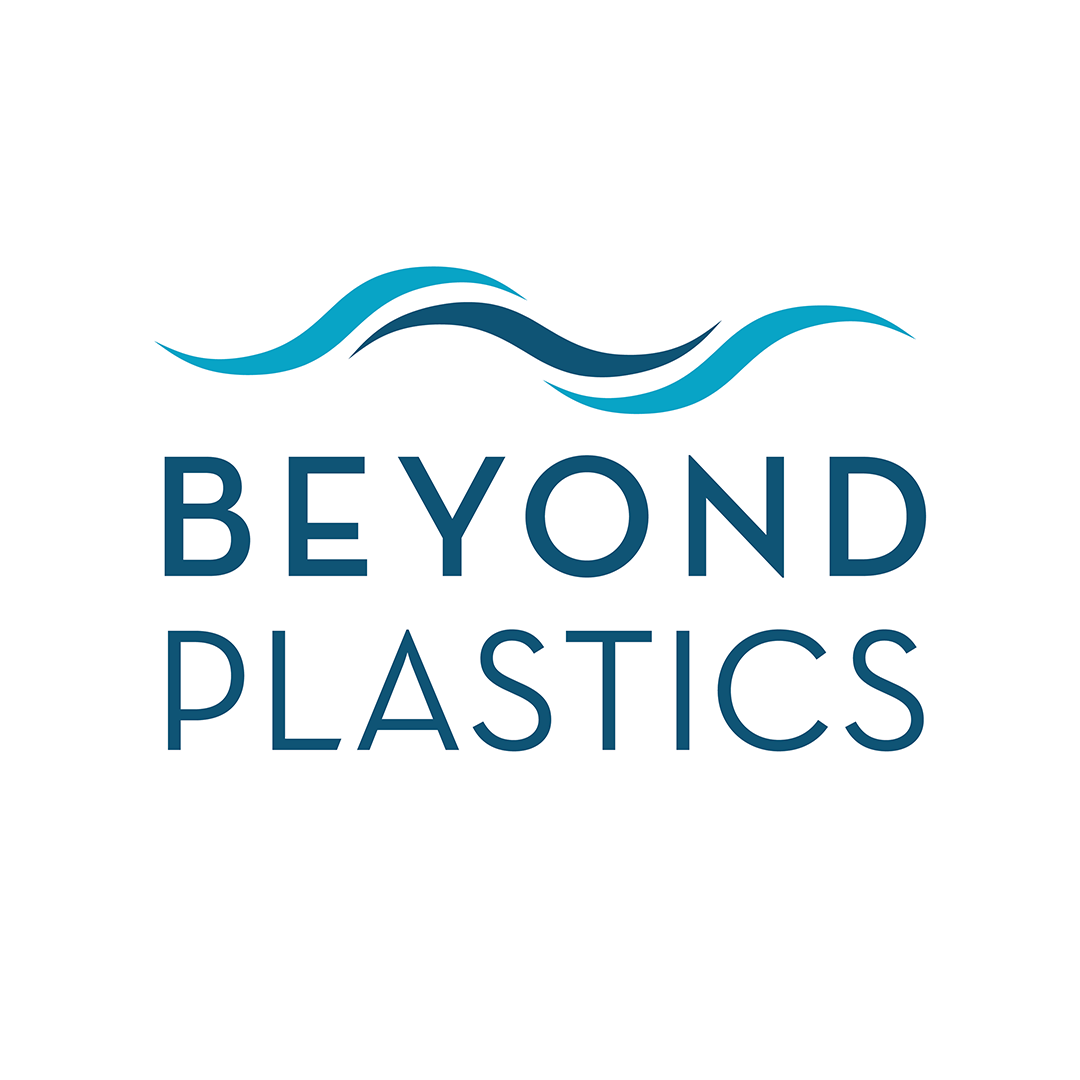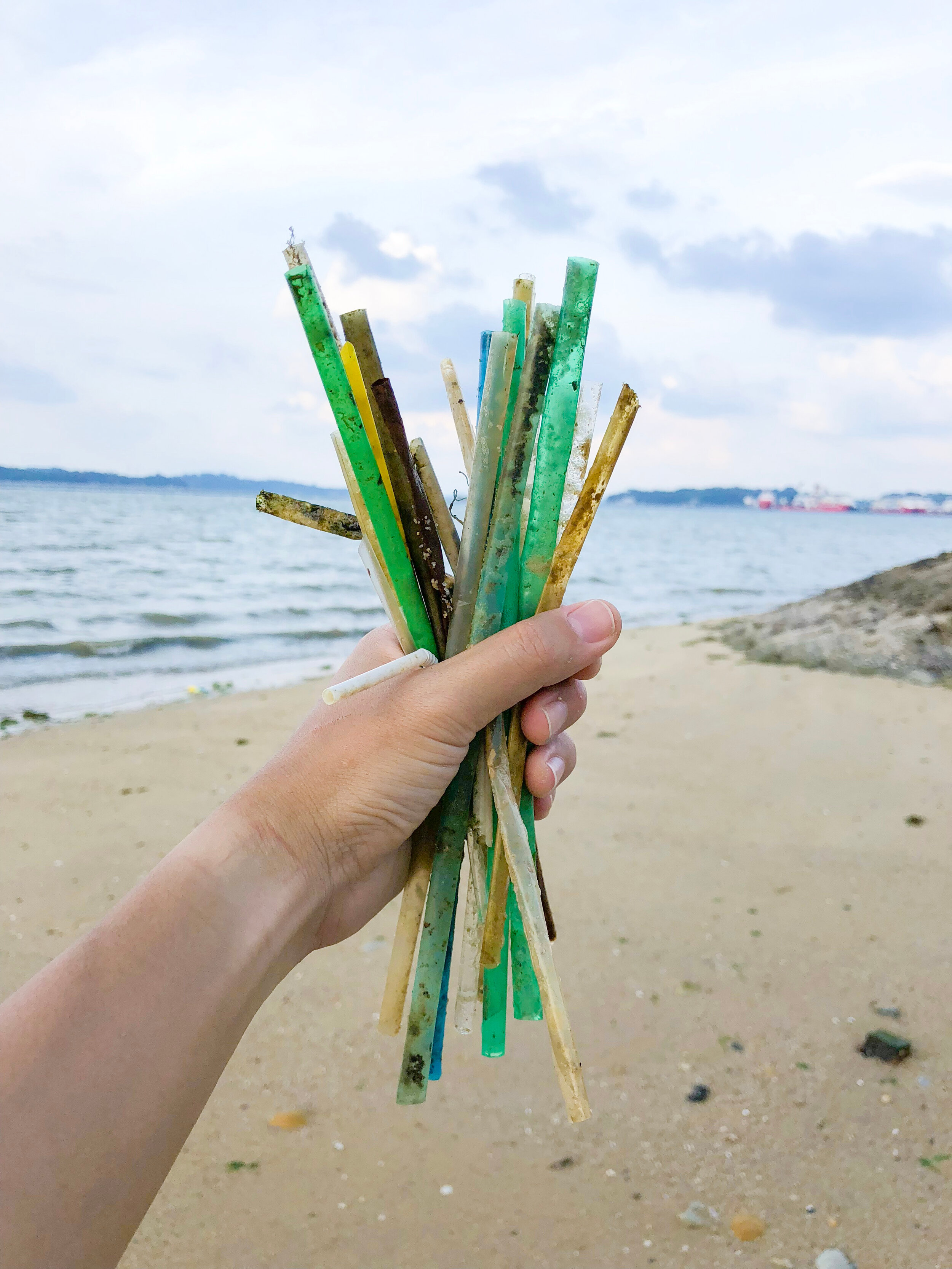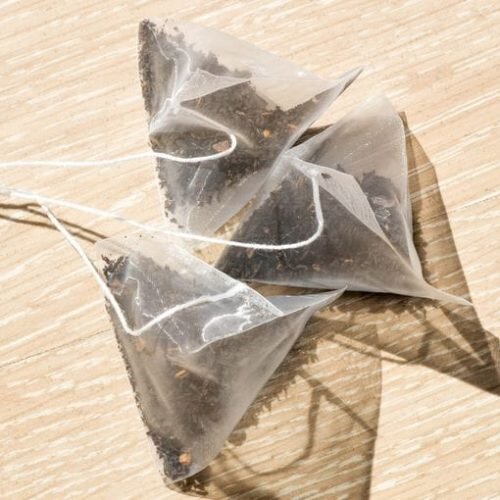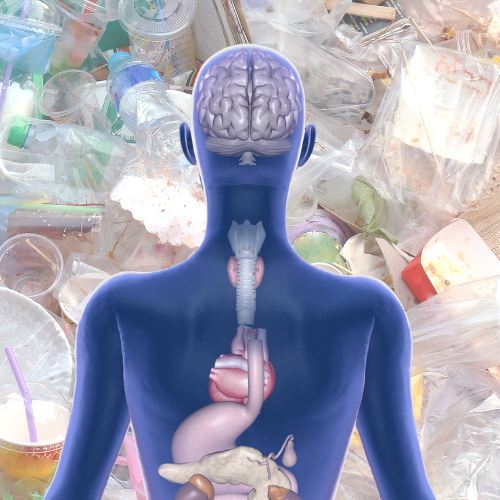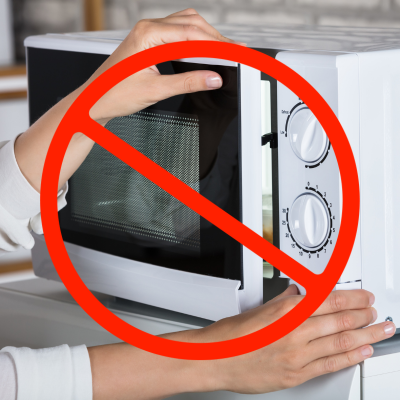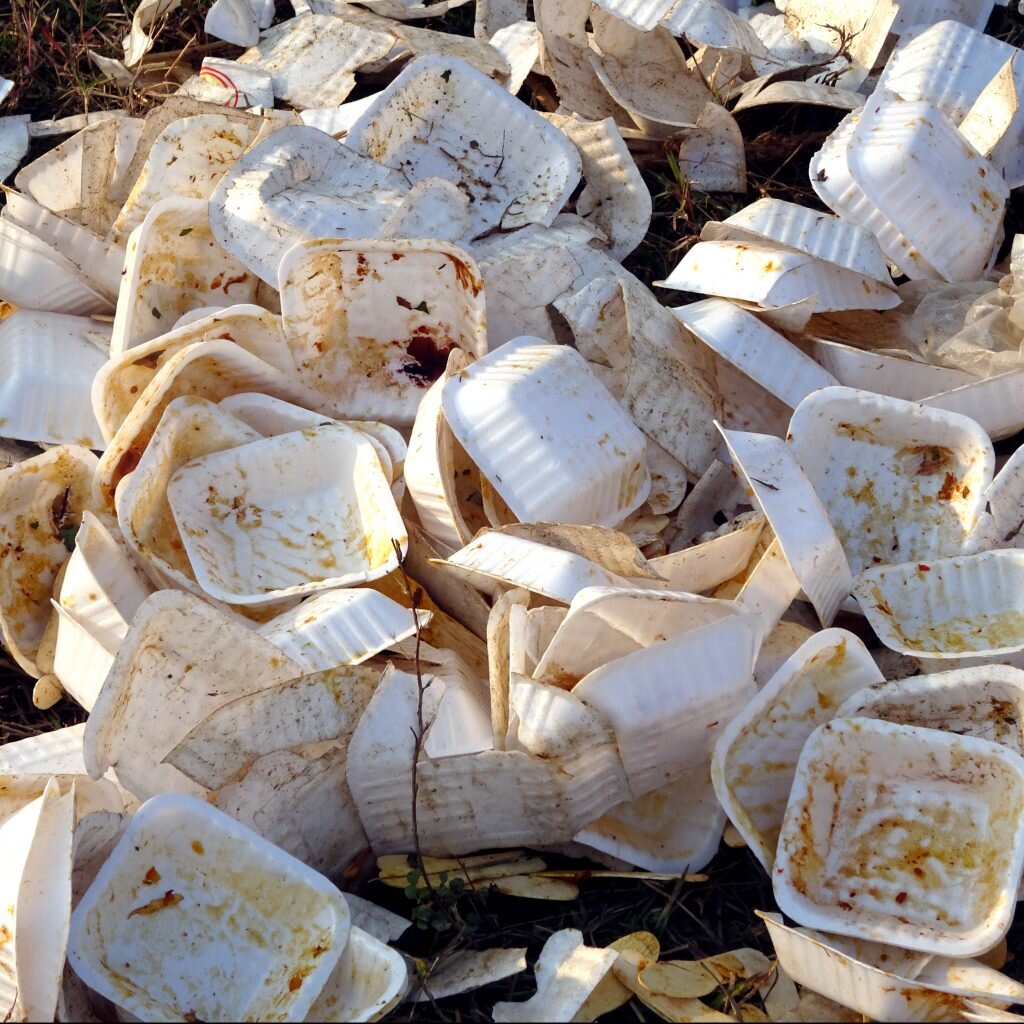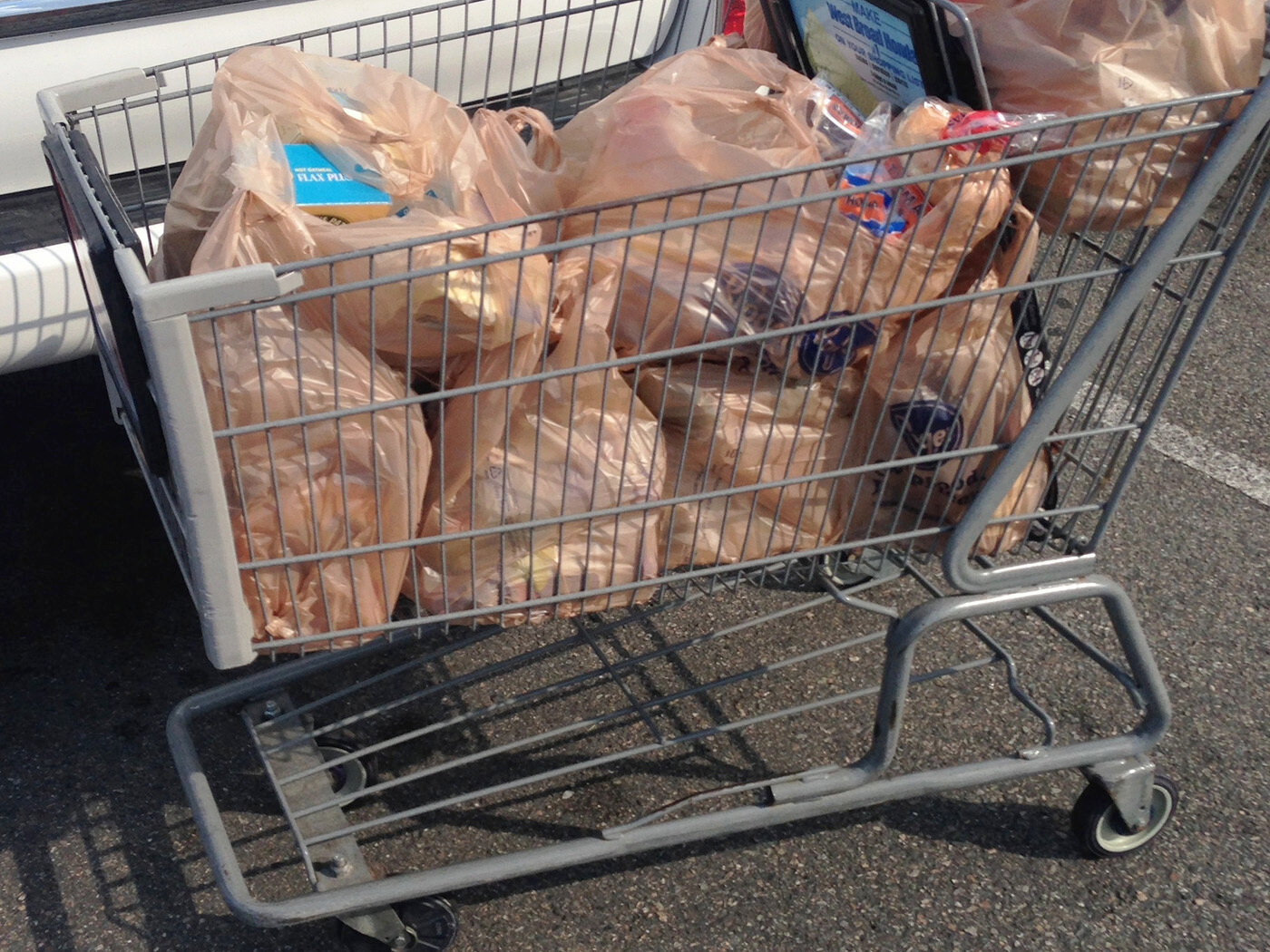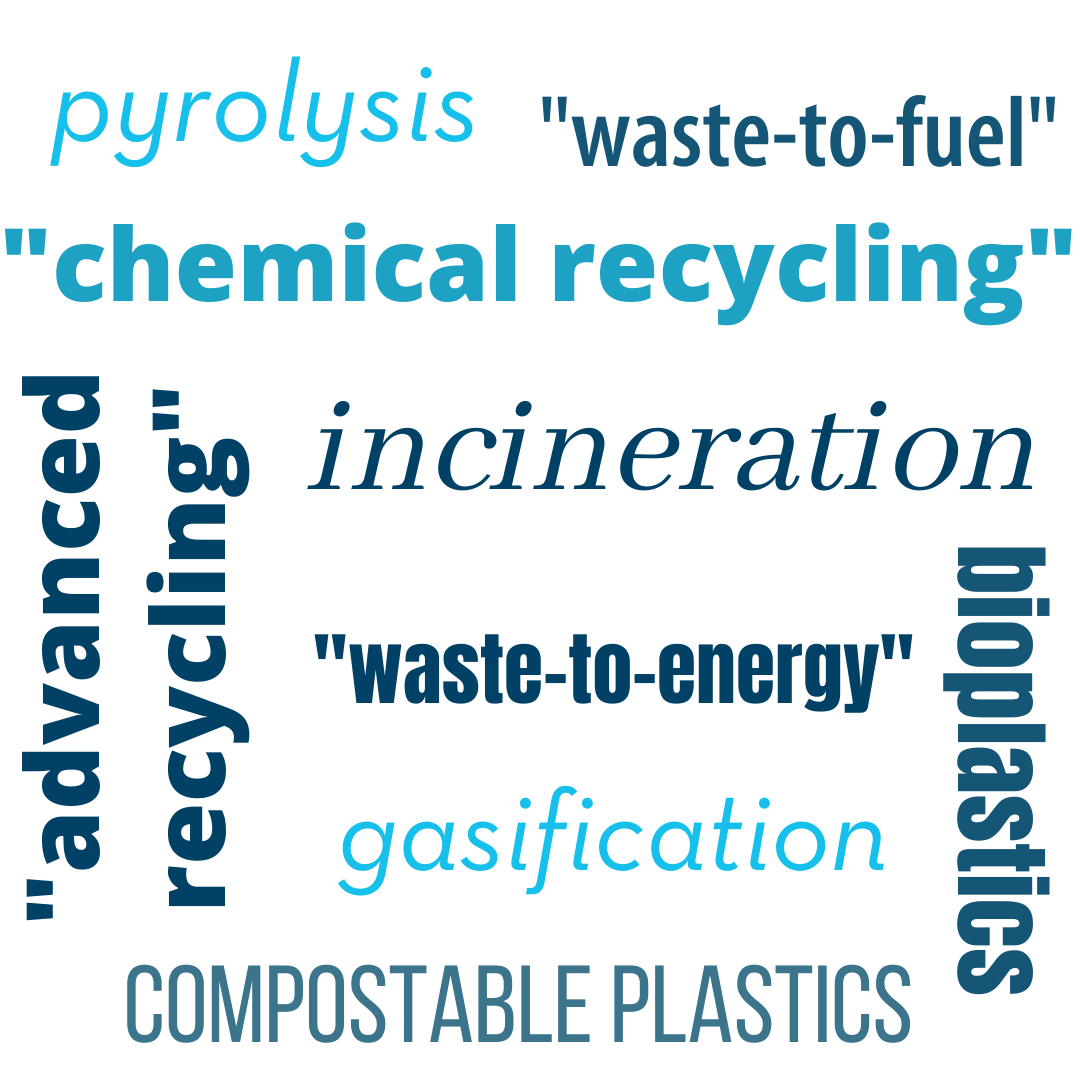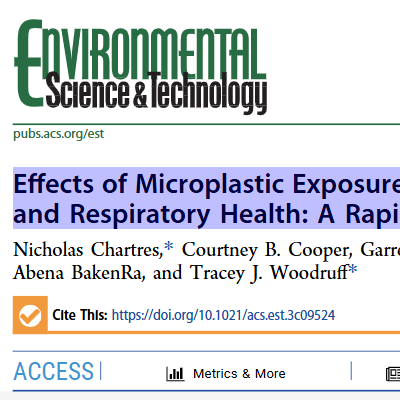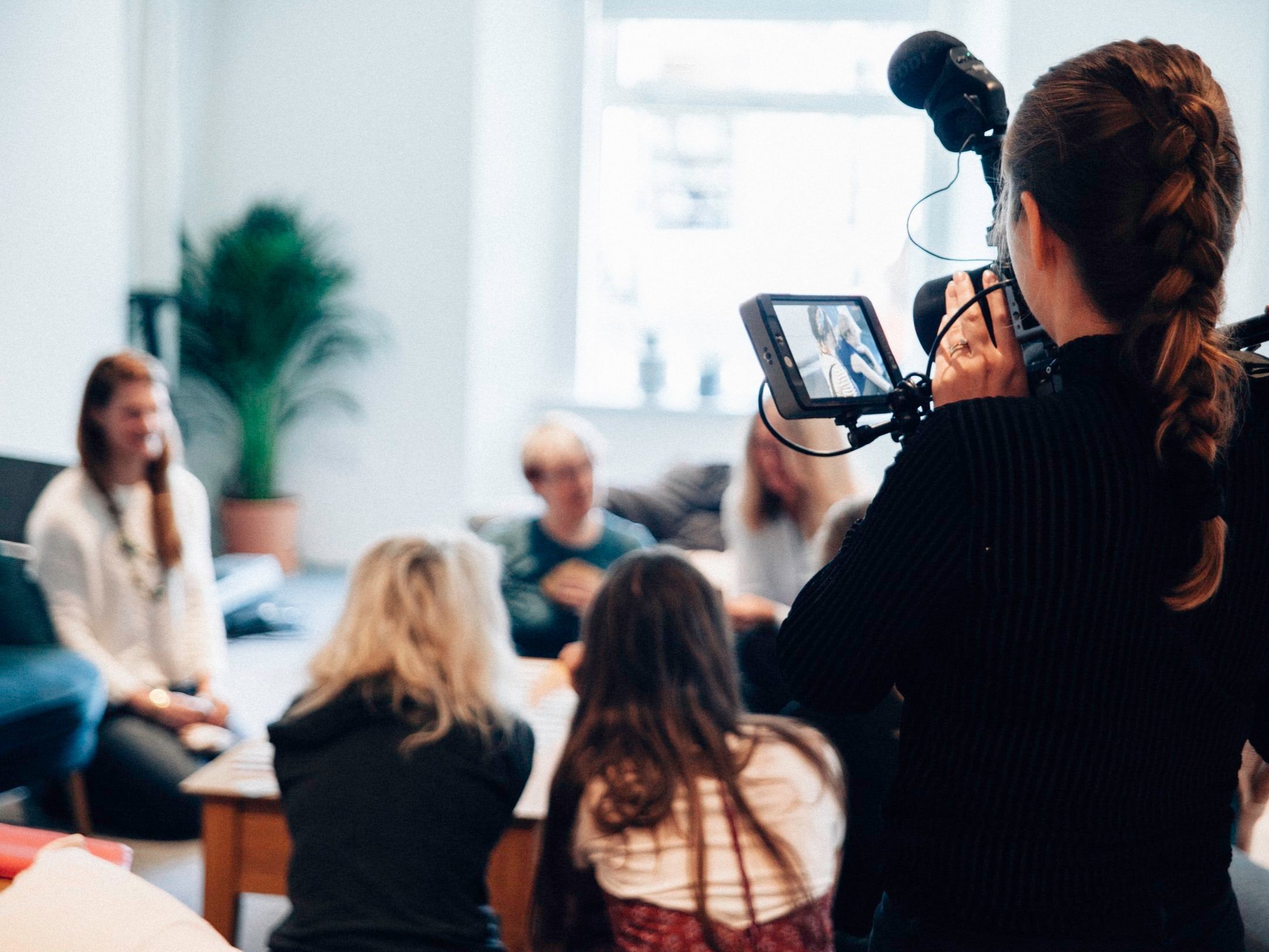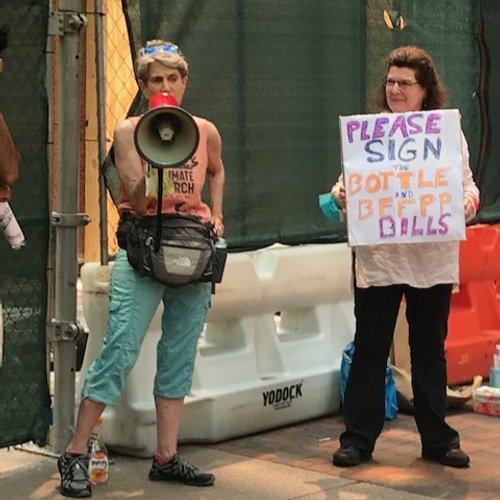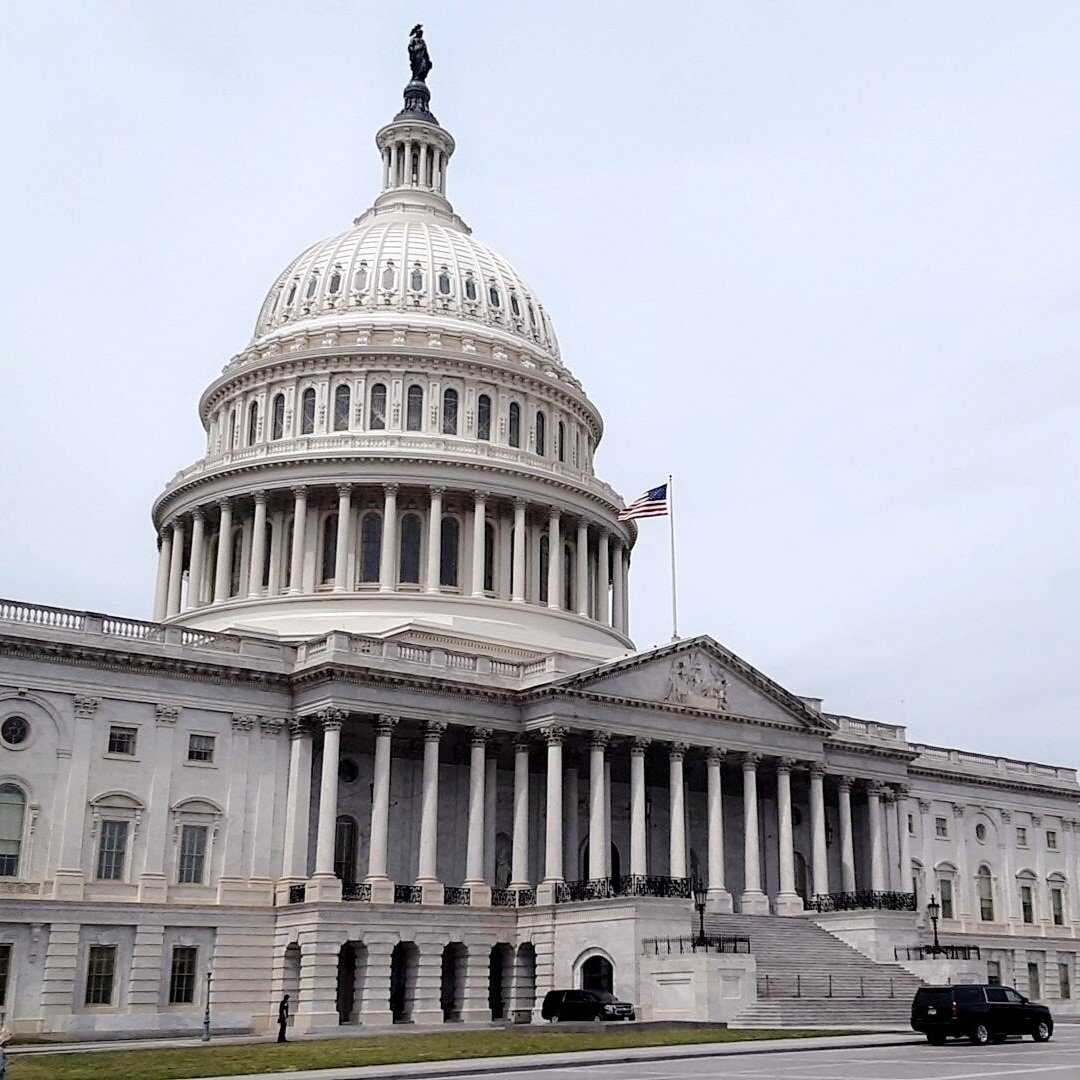FACT SHEETS
Plastic straws may be small but they’re a BIG problem — Americans use millions of plastic straws each day. These straws are not recyclable so they end up in landfills and incinerators as well as littered in our environment where they may persist for hundreds of years. But you can help!
Plastic tea bags and hot water are a BAD combination for your health. Learn more about how you can avoid this source of microplastics pollution in your daily cup of tea and urge tea companies to replace plastic tea bags with paper or good old bulk loose, leaf tea.
Black plastics are rarely recycled due to limitations in recycling facilities. But that’s not the only problem, black plastics can contain unregulated amounts of toxic chemicals including heavy metals and flame retardants.
Synthetic turf is hazardous to human health due to chemical exposure, microplastics and the risk of skin burns as well as infections, with children being especially vulnerable.
Over 98% of plastics are made from fossil carbons such as oil and gas. Turning these substances into plastics involves the addition of petrochemical additives – quite a lot of them. Over 13,000 chemicals are known to be involved in the production of plastic. More than 2300 of these are “chemicals of concern.”
When food or beverages are microwaved in plastic containers, chemical additives from inside the plastic migrate into the food and tiny flecks of plastic known as micro- and nanoplastics are also shed into the food. Both of these can present health risks.
One million single-use plastic bottles are bought around the world every minute. By 2021, more than half a trillion plastic bottles will be sold annually.
At best, less than 1/3 of all plastic bottles will be recycled. We can do so much better.
Cheese is a delicious snack, but if you are eating small portions wrapped in plastic, you may be ingesting more than just cheese. Many hazardous plasticizers are “lipophilic,” which means that they are drawn to and readily absorbed by substances that are high in lipids — aka fat. Cheese and other dairy items have a high fat content and readily absorb migrating chemicals.
Vinyl chloride is a carcinogenic chemical used to make polyvinyl chloride (PVC) plastic. Vinyl chloride is found in PVC pipes; vinyl siding, windows and flooring; packaging; furniture and car parts; children's toys, pet toys, shower curtains, credit cards, gift cards and many other consumer goods.
Chemical recycling is a dangerous deception that will NOT solve our plastic pollution problem. Get the facts.
Toxins in polystyrene readily leach into food an drinks, a process that is accelerated by heat and contact with fatty and acidic foods. And polystyrene can persist in the environment for more than 1 MILLION YEARS. With Americans using 25 billion polystyrene cups per year and plastic-free, non-toxic alternatives readily available, it’s time for a change.
Plastic bags are used for an average of 12 minutes but can last for more than 500 years, polluting our environment and endangering wildlife. Find out how you can help pass laws to ban them and encourage the use of reusable bags.
Plastic production and petrochemical pollution disproportionately impact low-income communities and communities of color in the Ohio River Valley and the Gulf Coast — where the bulk of production is concentrated—and where fossil fuel, plastics, and chemical companies intend to build even more facilities.
Bioplastics and compostable plastics sound promising but they’re filled with false promises. Find out why.
As the global plastic pollution crisis continues to grow, so does plastics industry hype promoting false solutions — techno “fixes” including waste-to-energy incineration and chemical processing of plastic waste. We need to expose and reject these false solutions.
REPORTS & STUDIES
This study presents, for the first time, a comprehensive evaluation of microplastic ingestion levels in four ecologically and commercially significant crustaceans, spanning two distinct regions in the Mediterranean Sea. By addressing this critical knowledge gap, a consistent methodology was used, enhancing data comparability and providing novel insights into regional and species-specific patterns of microplastic exposure.
For decades, the plastic industry has promised that recycling would solve the problem of plastic waste, yet the plastic crisis continues to grow. The dismal U.S. plastic recycling rate continues to hover around 5 percent. Globally, plastic use is projected to almost triple by 2060, relative to a 2019 baseline.
NRDC’s new issue brief “More Recycling Lies” confirms and expands on our previous findings: So-called “chemical recycling” is mostly plastic incineration.
We show that circulating MPs are phagocytosed and lead these cells to obstruction in the capillaries of the brain cortex. These blockages as thrombus formation cause reduced blood flow and neurological abnormalities in mice. Our data reveal a mechanism by which MPs disrupt tissue function indirectly through regulation of cell obstruction and interference with local blood circulation, rather than direct tissue penetration.
We concluded that exposure to microplastics is “unclassifiable” for birth outcomes and gestational age in humans on the basis of the “low” and “very low” quality of the evidence. We concluded that microplastics are “suspected” to harm human reproductive, digestive, and respiratory health, with a suggested link to colon and lung cancer. Future research on microplastics should investigate additional health outcomes impacted by microplastic exposure and identify strategies to reduce exposure.
The study shows plastic exposure as a significant CVD risk factor regardless of duration. It leads to changes in myocardial tissue, gut microbiota, and metabolites, all closely tied to CVD.
In this brief, we present highlights from the significant body of science indicating that plastic building materials are contributing to serious health and environmental harms over their life cycle, from fossil fuel extraction to production, use, and disposal. These impacts fall disproportionately on susceptible and marginalized people, including women, children, Indigenous people, low-income communities, and people of color. We share examples of solutions and offer recommendations to strengthen policies that will reduce plastic use in the built environment and associated life cycle harms.
This study presents the first definitive confirmation of microplastic presence in the human stomach, based on samples from 26 cadavers. 97 microplastic particles were extracted from stomach contents, across all 26 individuals, revealing a universal prevalence of microplastics in the cadavers.

LEGISLATION
Whether at the local, city, state, federal level or international level, legislation is the most powerful tool with which we can control the production, consumption and disposal of plastics, as well as reusable and less toxic alternatives to plastics.
Beyond Plastics’ staff have a strong background in helping to draft, refine, fix and pass effective legislation to reduce the amount of harmful plastic entering our environment.
Click here to learn more about various approaches, view sample bill text, and stay up to speed on all the plastic pollution-related pieces of legislation that are currently in play in the United States.
TOOLS YOU CAN USE
All the printable materials you need to create an event table that’s both engaging and educational.
A petition is a powerful tool to demonstrate public support for a desired outcome AND a good way to build your email list.
Follow these steps to draft an effective news media advisory that will get reporters to your event, webinar, news conference, etc.
Follow these steps to draft an effective news release that will result in coverage of your announcement.
An organizational sign-on letter can be used to demonstrate broad support for, or opposition to, an issue, idea, or action. Learn how to make yours effective.
A call-in day is an effective “outside game” strategy to catch the attention of a decision-maker and demonstrate that your issue has broad support. Follow these steps to ensure that your call-in day is a success.
Hosting a panel discussion is a powerful way to raise awareness about plastic pollution and move people to action to address this global crisis. Whether you’re hosting online or in-person, follow these steps to ensure your panel is a success.
Host a rally to raise awareness, put pressure on decision-makers, and get some media coverage for the cause.
10 expert tips on writing a letter to the editor that will not only be published but also catch the attention of the decision-maker or target you’re hoping to reach.
The single most effective way to influence your elected officials is to meet with them! Find out how to schedule an effective constituent meeting whether it’s via Zoom or in person.
You may not be able to meet in person but that does NOT mean you can’t meet! Use this step-by-step guide to host an effective virtual town hall meeting.
Events tend to generate large amounts of single-use plastic trash BUT THEY DON’T HAVE TO! With planning and a little extra effort, you can keep your event’s waste to a minimum.
CLASS
Beyond Plastics president and former US EPA regional administrator, Judith Enck offers a virtual, one-credit, college class through Bennington College’s Center for the Advancement of Public Action each fall and spring. The class is open to all high school and college students who may want to arrange to take it for academic credit from Bennington College for a cost of $400. It is also open to people of all ages who love to learn and don't need/want school credit for a cost of just $100.
Some of the things class alumni say make the experience a standout include:
Interactive features
Expert guest speakers
Movie recommendations followed by discussions
Curated readings
Thorough syllabus (shared ahead of time)
Time at the end of class to ask questions
Small breakout groups
Learning to write letters to the editor
On seven consecutive Wednesdays, the class will meet from 7:00-9:00 PM ET via Zoom to delve into almost every aspect of the plastic pollution crisis and, more importantly, what we can do to fix it. Click here to learn more and register now.
The alumni of this class are at the forefront of educating their families, friends, and communities about the dangers of plastic pollution and what they can do to reduce it. Alumni Giving is appreciated throughout the year. If you've taken the class, we hope you will support the work you care deeply about.
